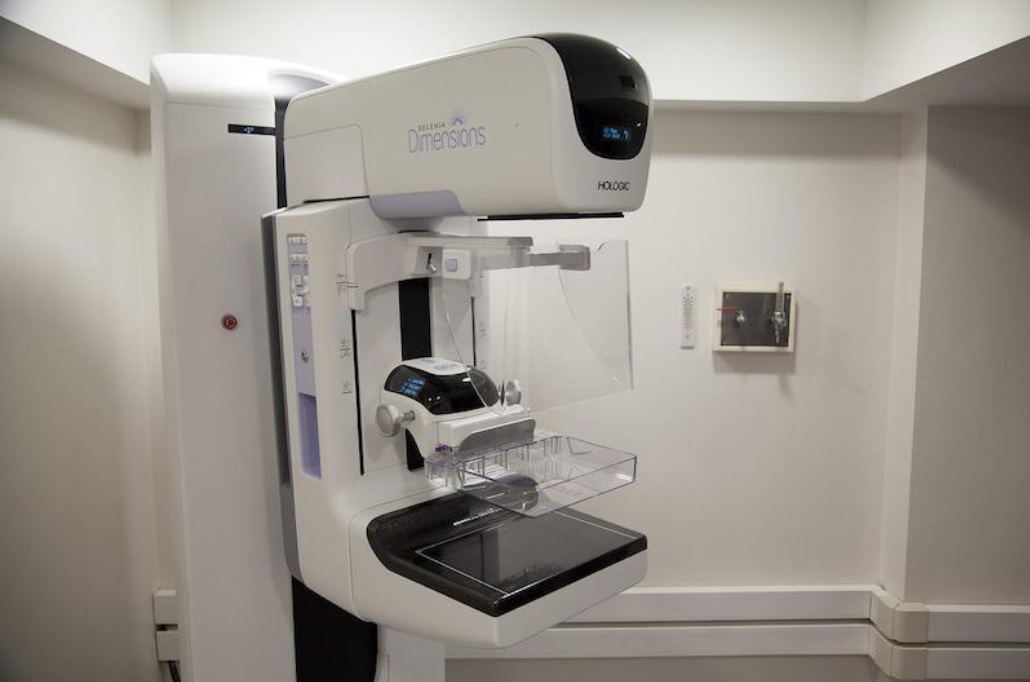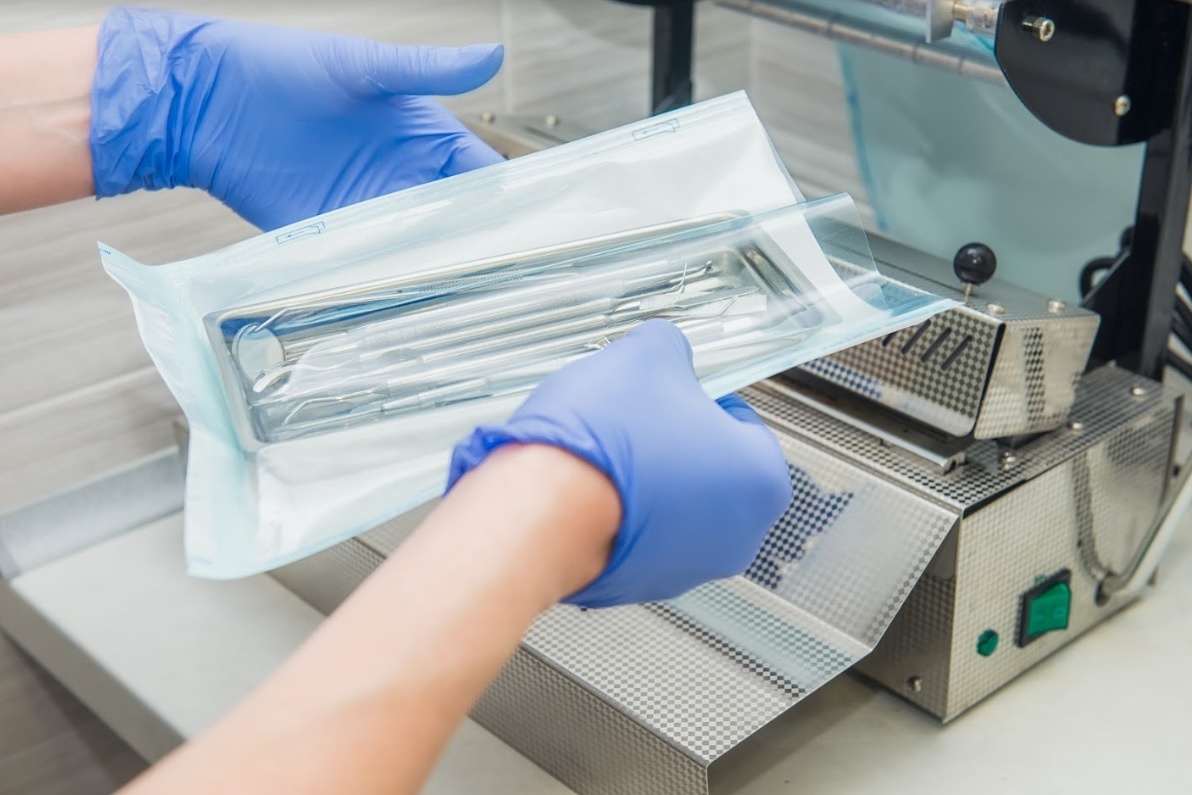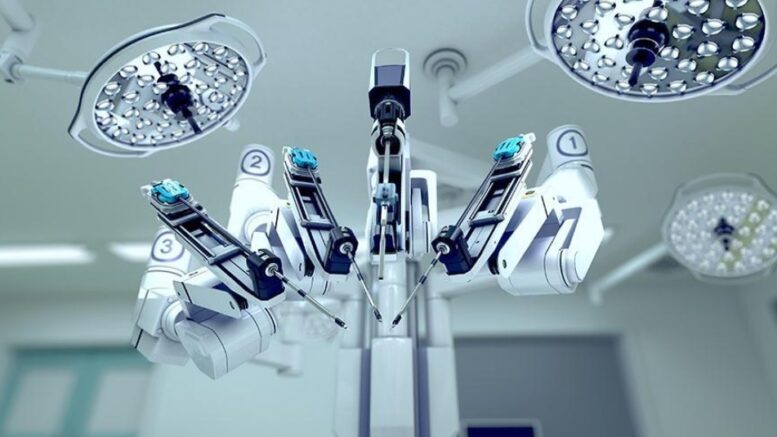Medical device pilot production is highly regulated. To ensure quality products are produced, manufacturers must comply with a series of guidelines that govern the production process.
However, these guidelines are often difficult to understand and are complex to implement.
As a manufacturer of medical devices, you already know that ensuring the quality of your products is a critical component of your business. That’s why it’s so important to make sure you’re using suitable materials and processes before moving into the pilot production phase.
This blog post will help medical device manufacturers understand their options and the steps involved in producing their products before embarking on full-scale endeavors.
What is Medical Device Pilot Production?
Pilot production refers to the manufacturing of a medical device prototype. This is often used when testing a device’s design and materials before full-scale production.
A medical device prototype is a scaled-down version of the developed final product. Design controls are used to ensure that the creation of the prototype is representative of the final product. This means that the design controls must match the dimensions and functionality of the final product.
In addition, the design controls must withstand the forces to which the final product will be exposed. This also means that the design controls should be able to withstand the same pressures as the final product. Therefore, another essential aspect of pilot production is accurately measuring the final product’s material properties.
Pilot production can be applied to use in clinical trials or pilot markets. In either of these scenarios, performance of the pilot product guides validation and documentation for overall manufacturing.
The Steps of Medical Device Pilot Production
The FDA has several requirements for prototyping and piloting for medical devices. These steps are described in detail within the FDA’s regulations. Critical stages of the pilot production process include the following:
- Design, develop, and validate a detailed description of the prototype
- Conduct a clinical investigation and evaluation of the prototype
- Conduct a final review of the prototype
- Manufacture and assemble a single unit of the prototype
- Obtain premarket approval (PMA)
- Market the product
In the design phase, the engineer designs the prototype. The prototype is typically made out of a material similar to the material for the final product.

Next, the engineer will design the prototype to meet the final product’s requirements, including dimensional tolerances and material strength. Finally, the prototype is tested by the manufacturer to determine how it will perform under the forces that the final product will be subjected to.
The manufacturer also determines how the prototype will be assembled. Finally, the manufacturer assembles a single unit of the prototype.
Safety Regulations
When a medical device is being developed, manufacturers must take certain safety precautions to ensure the product’s safety. These include using suitable materials, testing the product before it’s released, and following strict guidelines set by the FDA. During the pilot production phase, companies must test the device and ensure it meets all applicable regulations. They must also ensure the product is as safe as possible for its intended use.
Once the prototype has been tested, companies must see to it that the product is safe for mass production. To meet these standards, companies must ensure that the product is tested thoroughly and manufactured correctly.
What Are the Skills You Need to Be A Medical Device Pilot Production Technician?
Medical device pilot production technicians are essential to the success of any medical device company. They work closely with engineers and engineers to ensure devices meet quality standards. They must have a strong knowledge of the medical devices industry, medical equipment, and quality control standards. They must communicate their ideas and opinions effectively.
As a medical device pilot production technician, you’ll need to have knowledge in the following fields:
- Medical Device Safety
- Product Engineering
- Quality Control
- Production Operations
- Materials Testing
- Manufacturing Processes
- Production Planning and Scheduling
- Manufacturing Methods
- Product Specifications
- Documentation
- Medical Device Training
- Work Environment
To get hired as a medical device pilot production technician, you need to have the following skills:
- Strong attention to detail
- High standards for quality and accuracy
- Ability to work in a team environment
- Ability to communicate effectively with clients
- Ability to follow instructions
- Ability to work under pressure
- Ability to multitask
- Ability to work independently
- Technical aptitude

When looking for qualified medical device pilots production technicians, look no further than HDA Technology. We have a team of highly experienced professionals who will help you to develop your next medical device prototype or low-volume pilot.
HDA has the experience and capabilities to provide the best prototype to ensure that your medical device meets expectations.
The Importance of Quality Control for Medical Devices
As medical device manufacturers, we have to keep our quality standards high. We must ensure that our products meet or exceed all FDA design, manufacture, and control requirements. This means that we need to be sure that we have an effective Quality Management System. A Quality Management System (QMS) ensures that all the processes used to produce your products meet the highest standards.
This includes everything from the product design to the packaging of finished goods. It also provides testing procedures and the maintenance of records for compliance purposes. In addition, we need to ensure that we meet the requirements of our customers and the public. To do this, we must ensure that our products are safe and effective. All of these elements come together to form a Quality Management System.
If you want to ensure that your product is built to last, you need to take a closer look at the quality of your materials and the processes used to make them — along with the methods you use to test and verify that they meet your specifications. This process sums up medical device pilot production and its importance in creating a quality product that will perform as expected.
